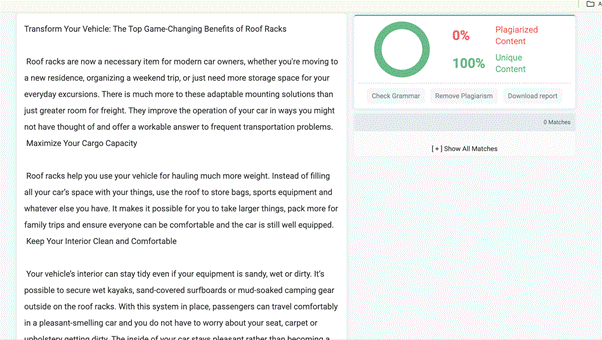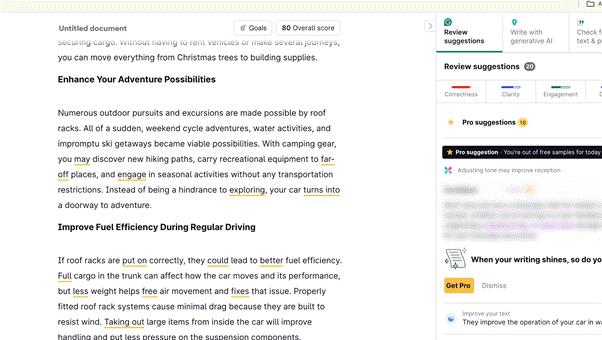Mistakes to Avoid for Choosing the Best Car Roof Racks

A thrilling first step in increasing your automobile’s functionality and opening up new adventure opportunities should be choosing the ideal car roof racks. Sadly, a lot of drivers make expensive errors that turn this prospective investment into a source of annoyance, worries about safety, and financial regret. These mistakes are frequently the result of rash choices, insufficient investigation, or a misinterpretation of basic roof rack concepts. Numerous solutions are available on the roof rack market, all of which promise to properly address your transportation needs.
1. Ignoring Your Vehicle’s Specific Weight Limitations
Some drivers think roof loads are handled the same by all cars which may result in overloading the vehicle and increasing risks. Structural engineering and test procedures determine what both the static and dynamic weight limits for every vehicle are. Failing to stick to these limits can bring on dangerous accidents, damage your roof or affect the way the vehicle drives. Be sure to check the owner’s handbook and add the weight of the rack to the load limit when deciding maximum capacity.
2. Choosing Price Over Quality and Durability
Choosing a low-cost option often results in goods that do not last, require regular replacements or may endanger what is being transported. Many inexpensive roof racks contain poor materials, are produced poorly and receive minimal testing which could create safety issues. Even though high-quality systems are pricier at the beginning, they are dependable, last for many years and give stronger protection to cargo. Remember that there are more expenses than buying the vehicle.
3. Failing to Consider Your Actual Usage Patterns
Instead of considering actual usage patterns, buyers usually choose racks based on hypothetical future demands, which leads to overly complex systems or inadequate capacities for real-world needs. Before selecting characteristics, consider your usual cargo categories, loading patterns, and travel routes. Professional-grade systems are not necessary for seldom users, while regular transporters shouldn’t forgo convenience features. By being honest with yourself, you may avoid buying inappropriate equipment that will let you down when you need it most.
4. Neglecting Installation Complexity and Requirements
Some buyers are disappointed when they see that it can take a long time, require specific tools or require an expert to do the installation. A number of these systems rely on major mechanical skills, need special amounts of torque to work properly or make small changes that increase the time and money owners have to spend. Check what is needed to install each game, considering the time required, the tools you’ll have to use and the cost for expert help. Think about your level of experience and resources before you pick any system to avoid installation troubles.
5. Overlooking Compatibility with Future Vehicle Changes
Buying racks designed for your current car limits their value in the future because you will have to replace them if you change cars. Vehicle-specific systems are most useful when your vehicle does not change, but then they don’t work anymore if it does. Even though universal systems work in many vehicles, certain performance features could be reduced. Make sure to check if a warranty will cover you if you change how or how much you drive your car.
Conclusion
By avoiding these five crucial errors, choosing a roof rack becomes a simple procedure that produces great results rather than a possible minefield. You position yourself for success by adhering to weight restrictions, putting quality above cost, matching features to real demands, comprehending installation requirements, and taking long-term compatibility into account.








